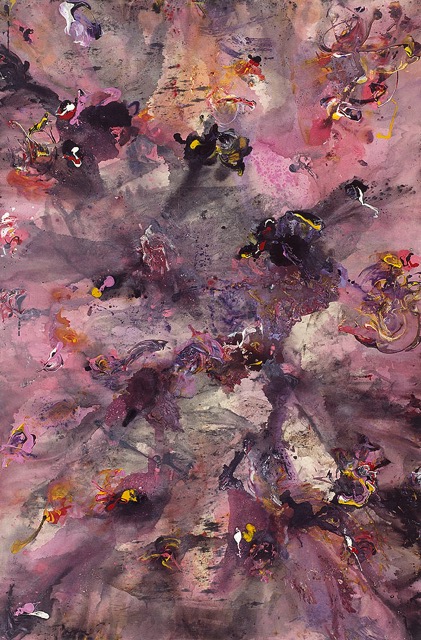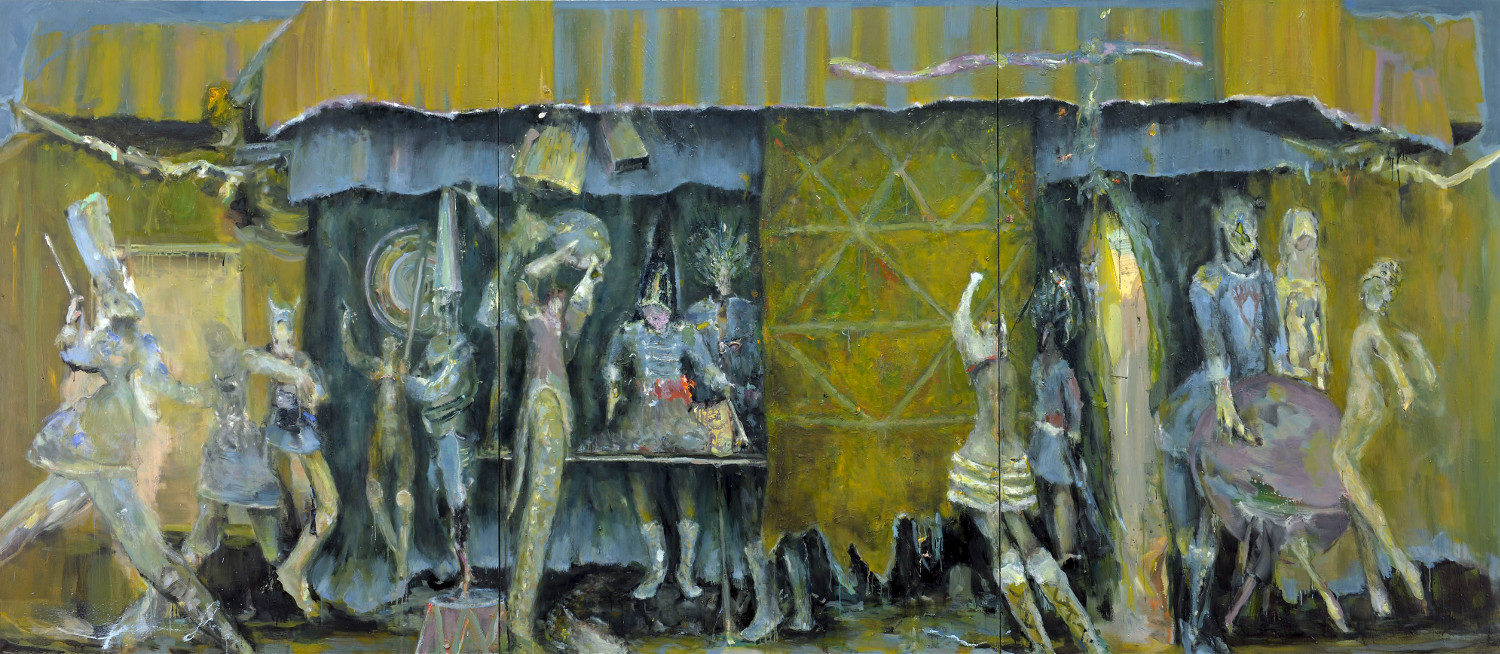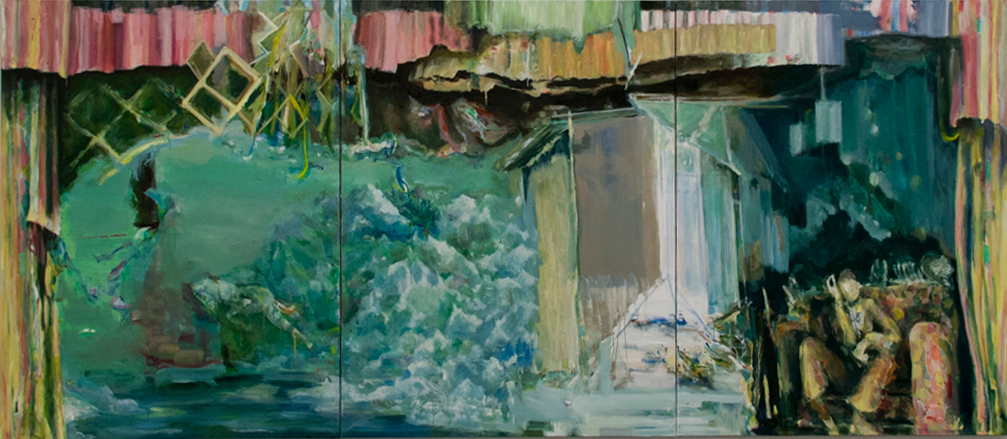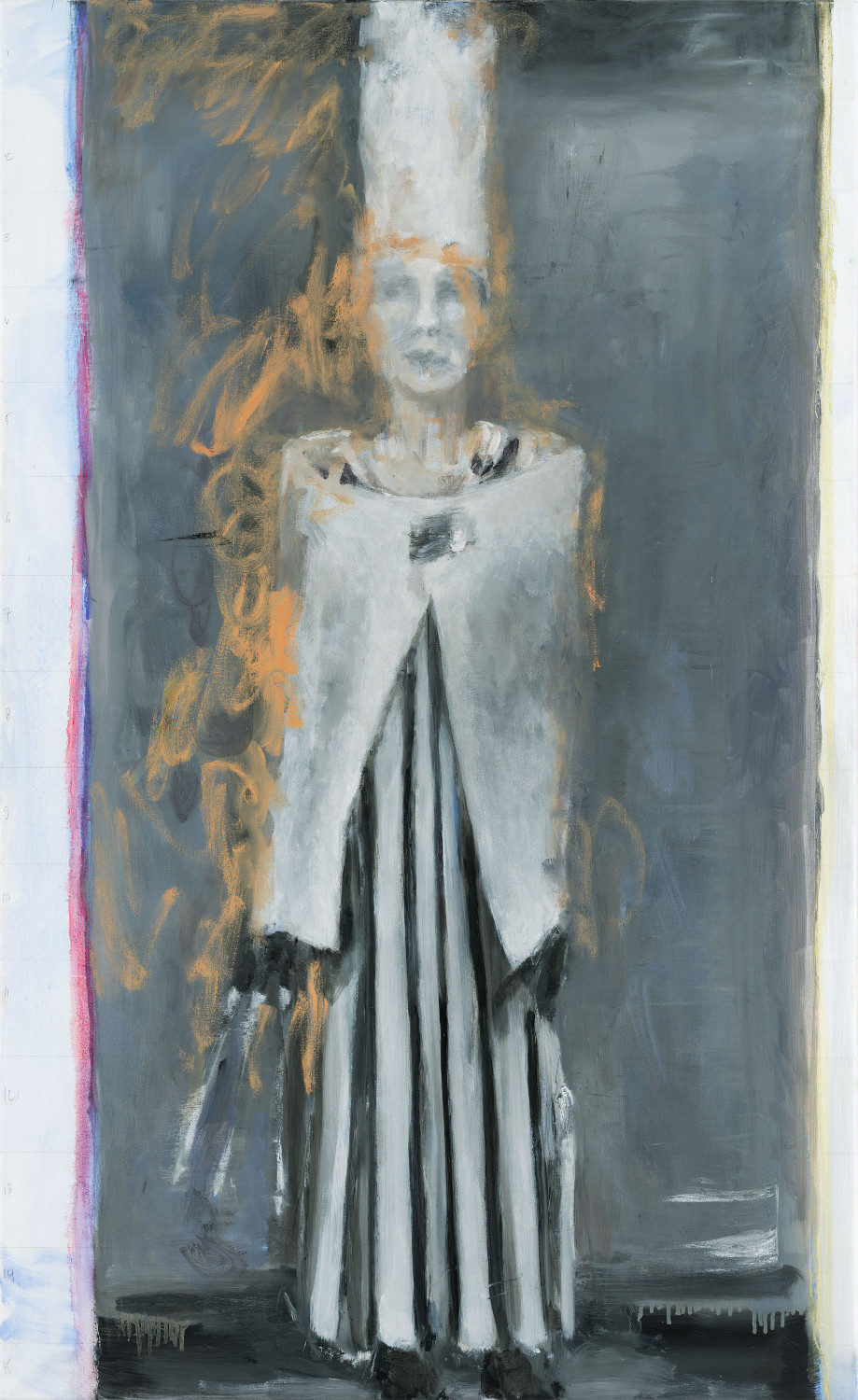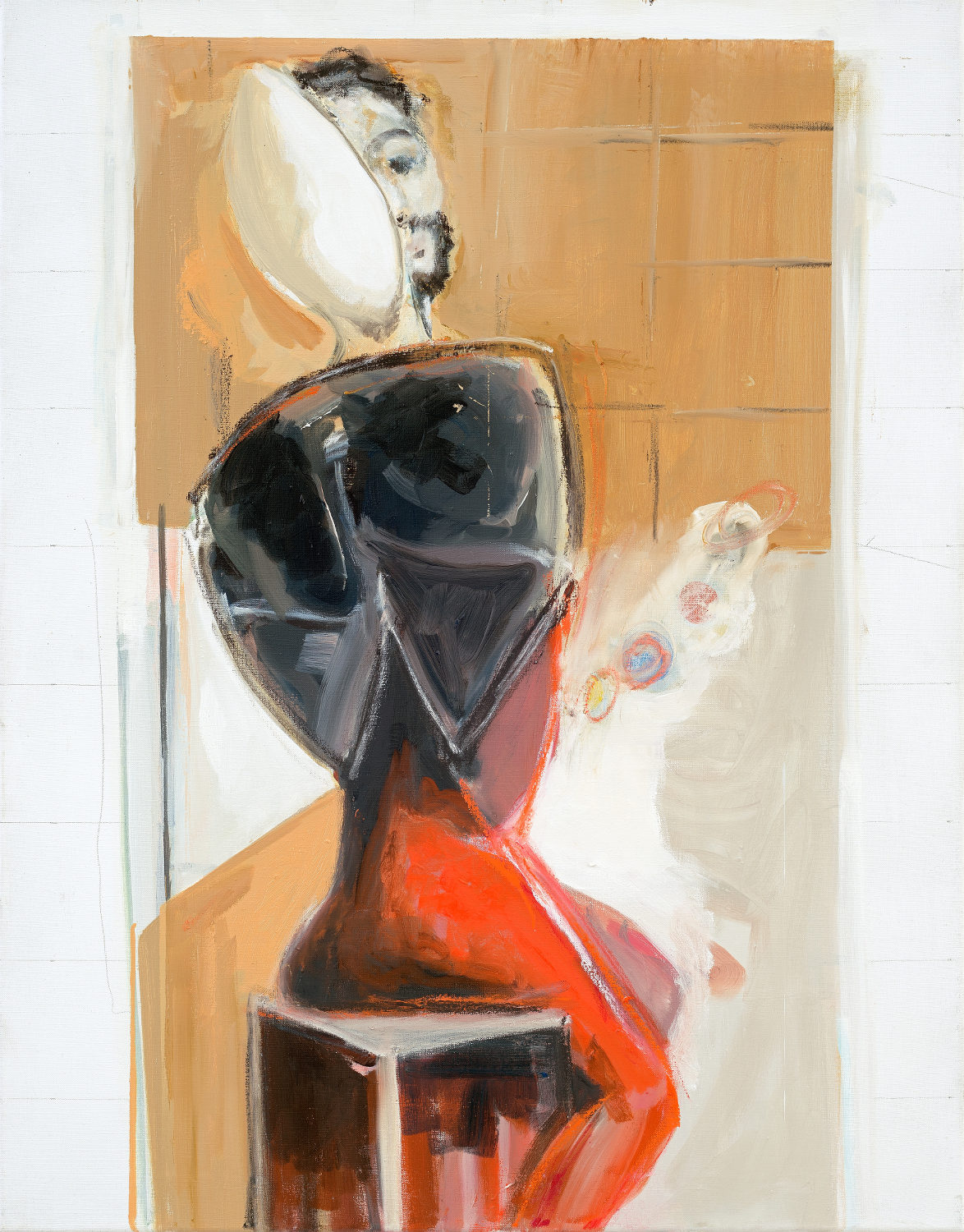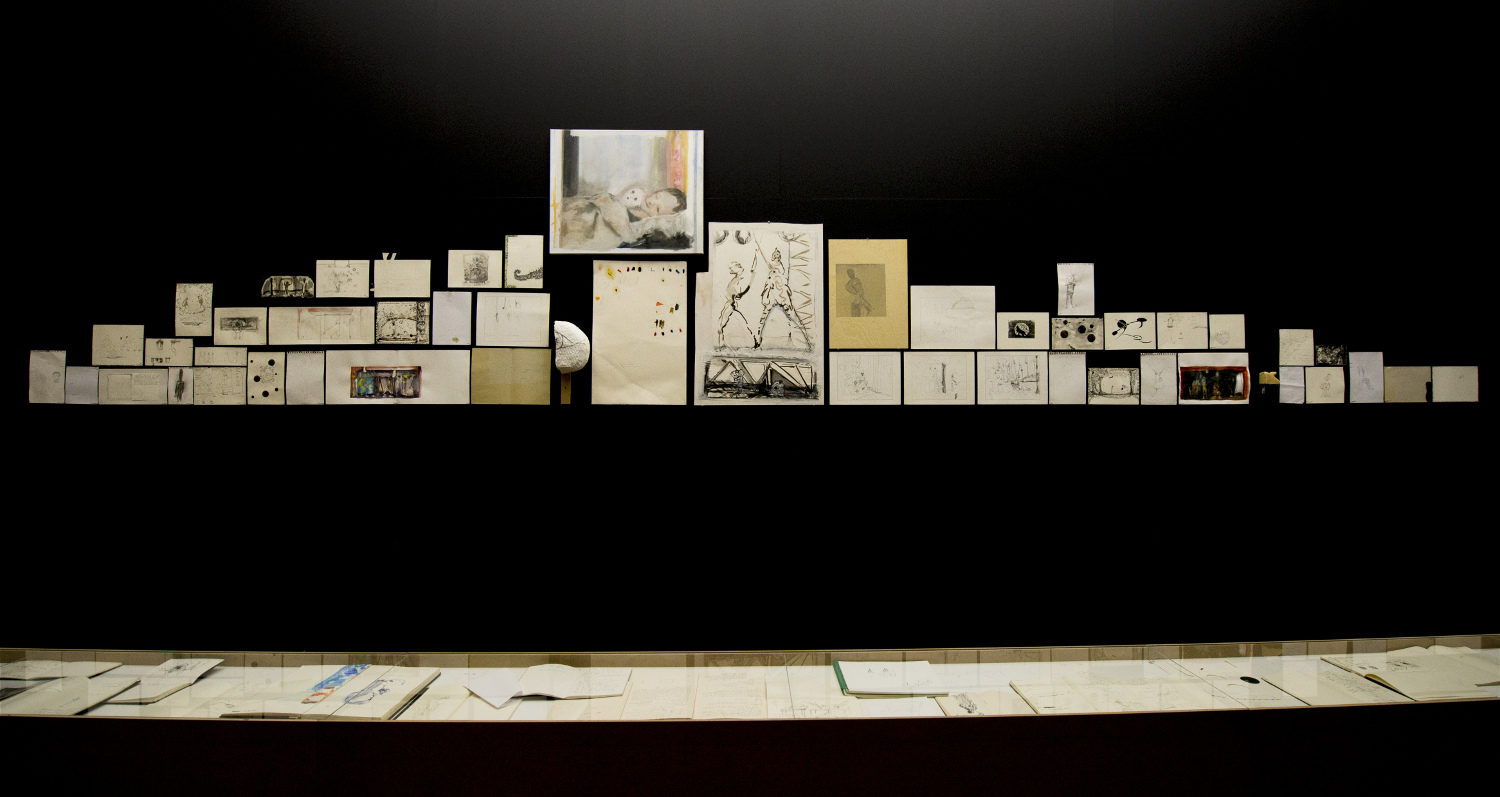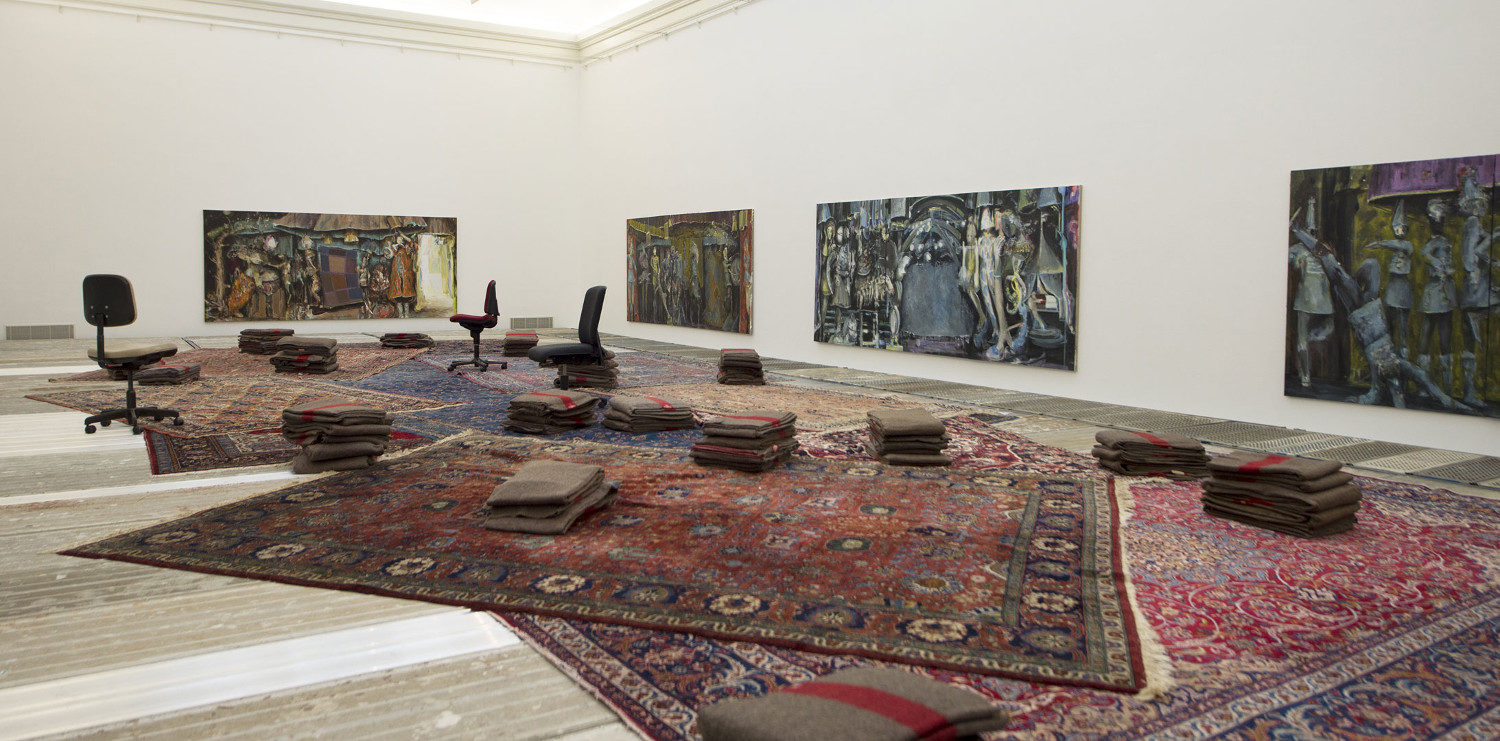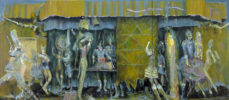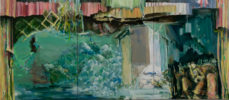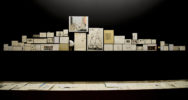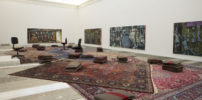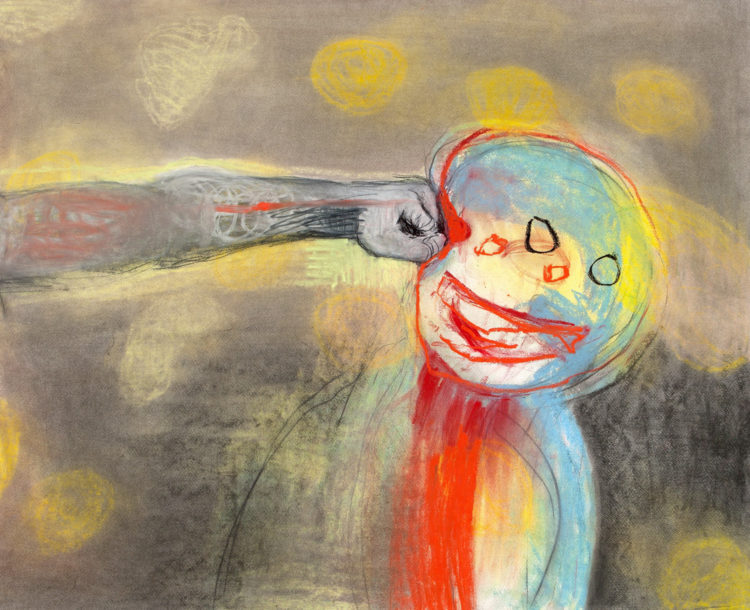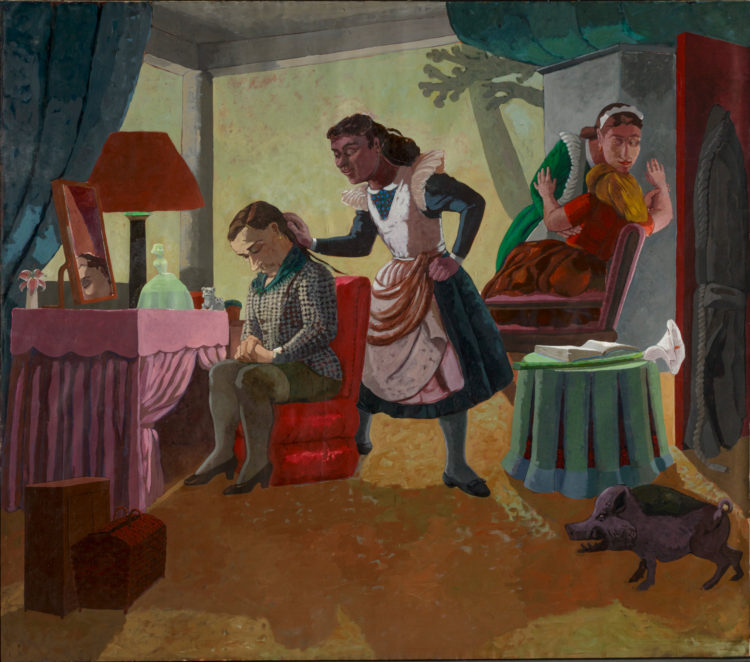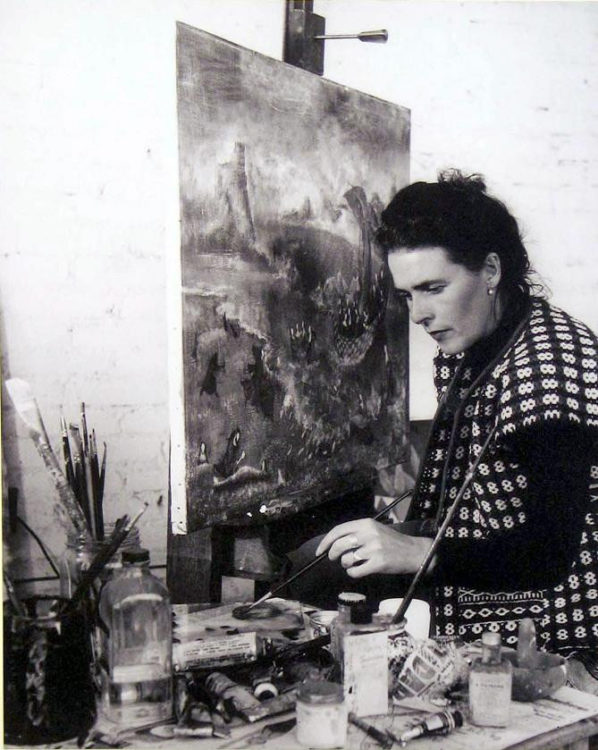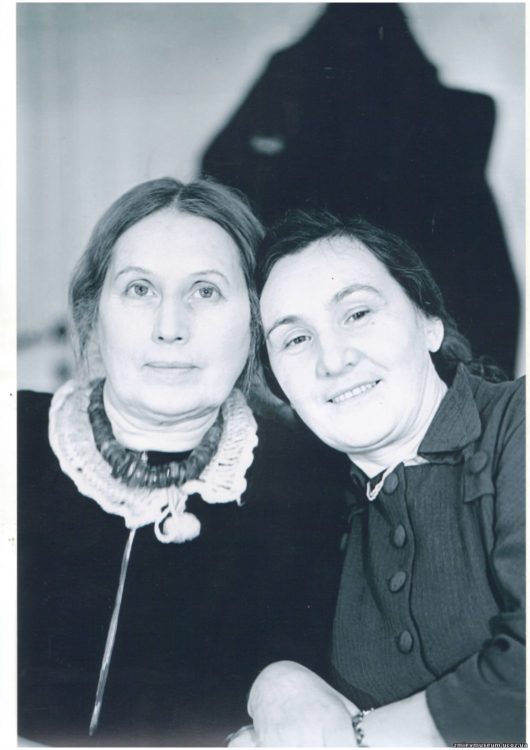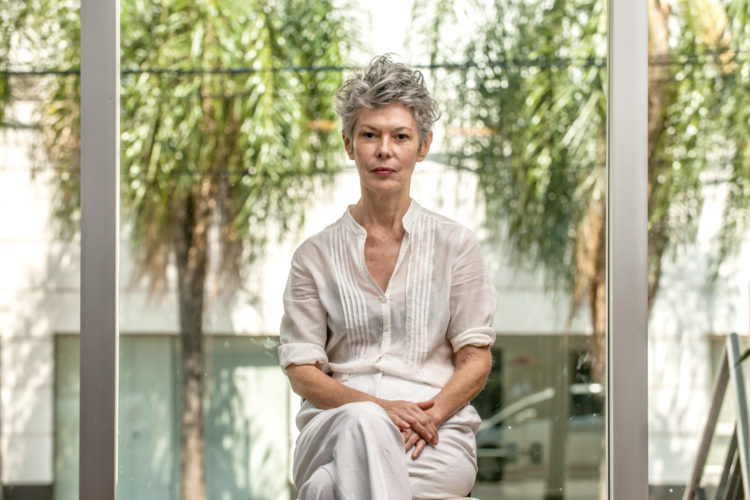Valérie Favre
Gilles Forest (ed.), Valérie Favre : range ta chambre, exh. cat., Centre d’art contemporain de Basse-Normandie, Hérouville Saint-Clair, 9 September – 6 November 1994, Hérouville Saint-Clair, Centre d’art contemporain de Basse-Normandie, 1994
→Monika Machnicki (ed.), Valérie Favre, opérette, Malerei, exh. cat., Kunstverein Ulm (16 November 2008 – 4 January 2009), Bielefeld, Kerber, 2008
→Corine Pencenat (ed.), Valérie Favre : la première nuit du monde, exh. cat., Musée d’art moderne et contemporain, Strasbourg (26 November 2015 – 27 March 2016), Strasbourg, Musées de la ville de Strasbourg, 2015
Valérie Favre : range ta chambre, Centre d’art contemporain de Basse-Normandie, Hérouville Saint-Clair, 9 September – 6 November 1994
→Valérie Favre, opérette, Malerei, Kunstverein Ulm, 16 November 2008 – 4 January 2009
→Valérie Favre : la première nuit du monde, Strasbourg, Musée d’art moderne et contemporain, 26 November 2015 – 27 March 2016
Swiss painter.
Valérie Favre’s intended career path was to work in theatre and cinema. However, she eventually chose painting as her preferred medium in the 1990s. In 1998, after becoming acknowledged as a major figure of the contemporary art scene, she left France for Berlin – a move she described as “liberating”. She began teaching at the Universität der Künste in Berlin in 2006. Favre’s paintings are set in an enclosed and mysterious visual atmosphere. Echoing Romanticism’s heightened sensitivity, she has made the German forest her favoured setting, in which dreamlike, magical or disturbing encounters take place. There is an impending sense of danger in this closed and perspectiveless space, but Favre’s works let us apprehend and interpret the risk, and perhaps even master it: this sense of mystery and unrest is particularly present in her series of paintings called Shortcuts (2007-2009). Like true reflections of her fears, the titles of her works follow the same introspective process that leads to a questioning of the general notion of individuality: Le Diable probablement (The Devil Probably, 2006), Mulholland Drive (2007), Les Pendus (Hanged People, 2008), Secret Service for the Queen (2008). Other themes, such as meeting games and animal-related vocabulary, temper this surreal and terrifying world: her famous does (“lapines”), elves and sensual images of part-woman part-animal figures make for a more melodious atmosphere.
Favre’s consistent interest in “the matter that remains” leads her to “utilise both the material and fictional possibilities of painting” by letting paint drippings and trickles take over the canvas. The materiality of the act of painting and its conceptual detachment therefore become the essential elements of its style. For the past few years, Favre has taken an interest in new sources, reinterpreting myths, art history and literature in order to express her own personal mythology (Domination, 2004).
© Éditions des femmes – Antoinette Fouque, 2013
© Archives of Women Artists, Research and Exhibitions, 2018



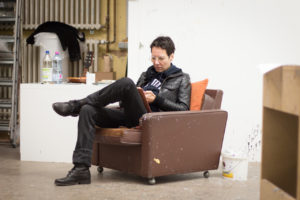
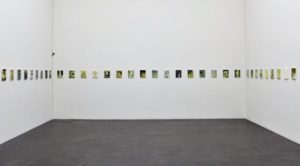 Valérie Favre, L'Atelier A
Valérie Favre, L'Atelier A 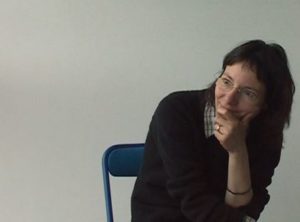 Valérie Favre about « Sans titre », 2002
Valérie Favre about « Sans titre », 2002 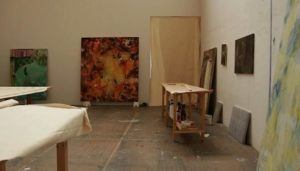 Portrait of Valérie Favre
Portrait of Valérie Favre 